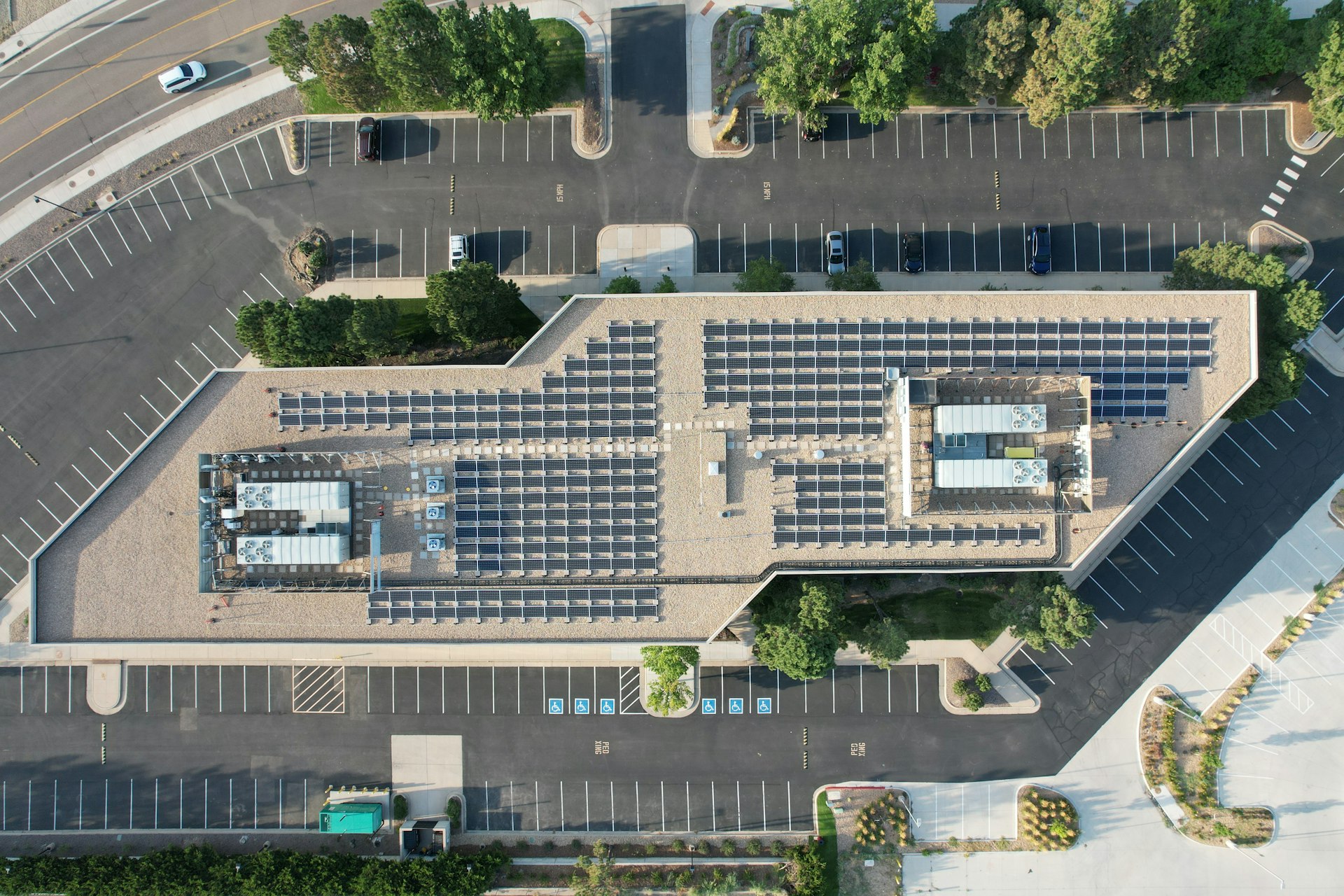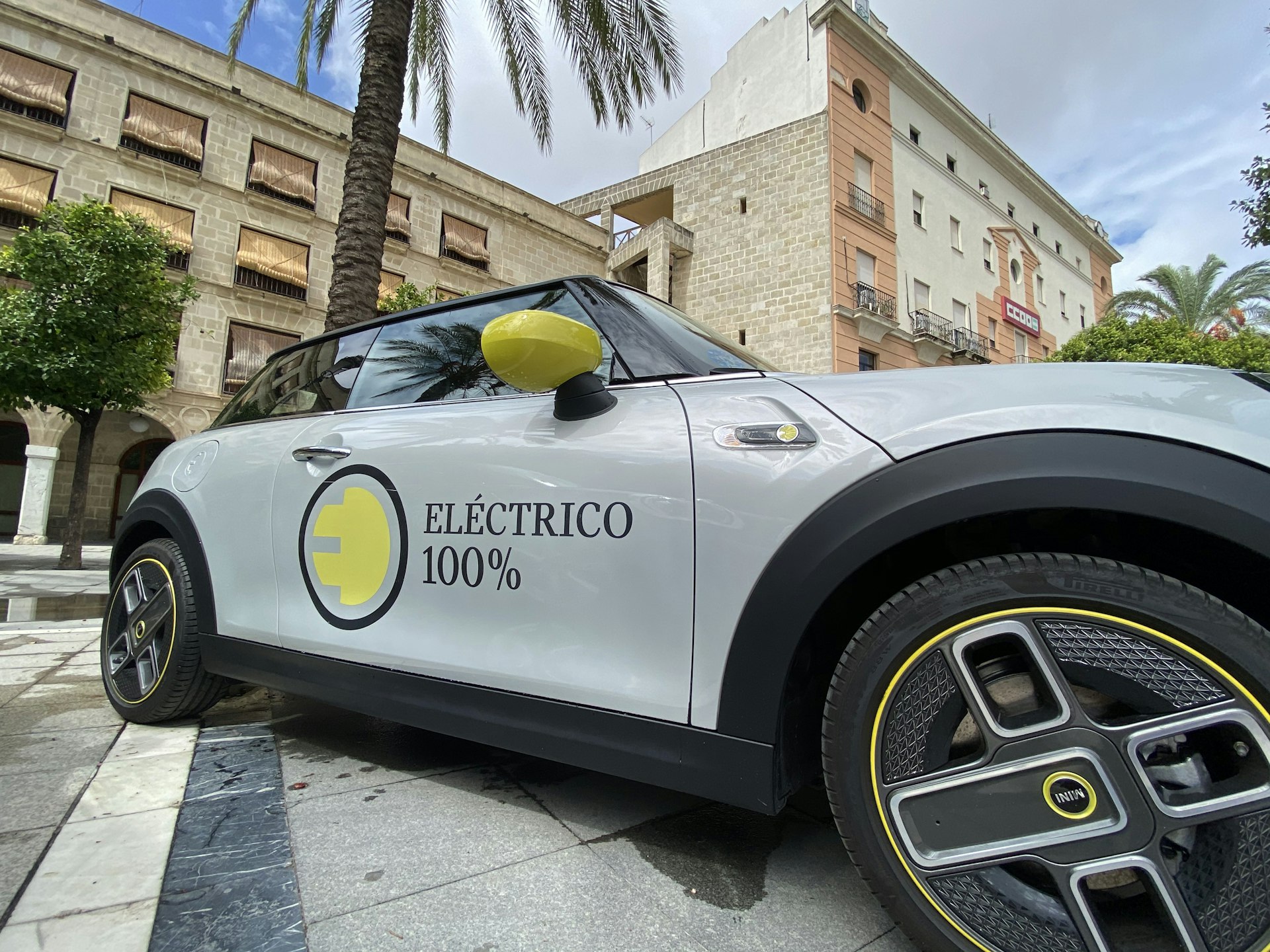Solar-Powered Electric Vehicles: Driving Toward a Sustainable Future

Photo by Gervyn Louis on Unsplash
Introduction: The Promise of Solar-Powered Electric Vehicles
The automotive world is witnessing a paradigm shift as solar-powered electric vehicles (EVs) transition from prototype concepts to market-ready solutions. The fusion of solar energy and advanced EV technologies promises reduced reliance on traditional charging infrastructure, lower emissions, and a new era of sustainable mobility. Companies like Aptera Motors have unveiled production-ready solar EVs, setting the stage for a future where sunlight can power much of our daily transportation needs [1] .
Key Innovations in Solar-Powered EVs
Recent advances have revolutionized solar-powered EV capabilities. Aptera’s latest model, showcased at CES 2025, features a lightweight carbon fiber body and a complete solar array integrated across the hood, dash, roof, and hatch. This design enables up to 40 miles of free driving per day using solar energy alone, and in sunny climates, drivers can achieve over 10,000 miles annually without plugging into the grid [1] .
Solar panels are increasingly efficient, lightweight, and durable, making them viable for vehicle integration. As more manufacturers compete, innovations are accelerating, resulting in a broader range of options and greater affordability for consumers. The trend of integrating solar charging with EV infrastructure is expanding globally, driven by demand for clean energy and sustainable transport solutions [3] .
Energy Storage Breakthroughs
A critical component of solar-powered EV success is efficient energy storage. Advances in lithium-ion and solid-state battery technology are enabling longer ranges, faster charging, and improved safety. Grid-tied systems and home energy storage solutions now allow drivers to store excess solar energy for use during cloudy days or nighttime, maximizing utility and reducing dependence on fossil fuels [2] .
Manufacturing capacity for batteries is expected to double by the end of 2025, ensuring that supply keeps pace with growing demand for EVs and solar-powered systems. This scalability is vital for widespread adoption and for creating resilient supply chains capable of supporting global electrification [4] .

Photo by Grigorii Shcheglov on Unsplash
Market Trends and Global Adoption
According to industry reports, global EV sales are projected to grow by 25% in 2025, with China, Europe, and the United States leading the transition to renewable-powered transportation [4] . Solar-powered EVs are poised to capture a share of this expanding market, especially in regions with high solar irradiance. Economic incentives, clean energy policies, and public awareness are driving consumer adoption and investment in solar mobility solutions.
China’s aggressive investment in renewables and EVs aims to reduce reliance on oil and gas imports and establish leadership in emerging technologies. Similarly, European and U.S. efforts to reshore supply chains and invest in clean energy have accelerated the deployment of solar-powered and electric vehicles [5] .
Practical Steps to Access Solar-Powered EV Technologies
If you are interested in exploring or adopting solar-powered EVs, consider these actionable steps:
- Research manufacturers offering solar EVs, such as Aptera Motors. For the latest models and availability, visit Aptera’s official website or contact their sales team at [email protected] for direct inquiries [1] .
- Evaluate integrated solar charging solutions for existing EVs. Many solar providers offer packages that include rooftop solar panels, home battery storage, and EV charging stations. Consult established clean energy companies in your region and request site assessments for your property.
- Stay informed about policy incentives and rebates for solar power and EV adoption. Check your state government’s official website or energy department for the most up-to-date program information. Use search terms such as “solar EV incentives” or “renewable energy rebates” for your specific area.
- For those interested in commercial fleets or business integration, connect with industry consultants specializing in renewable energy and transportation. The World Economic Forum and other global organizations regularly publish market insights and case studies on large-scale solar and EV deployments [5] .
As technology evolves, new models and service offerings may become available. To stay ahead, subscribe to newsletters and updates from leading clean energy and automotive organizations.
Challenges and Solutions
Despite the promise of solar-powered EVs, several challenges remain. Battery supply chains are still vulnerable to geopolitical tensions and resource constraints. The cost of advanced solar panels and batteries, while declining, can still pose a barrier to widespread adoption. Integration of solar technology with existing vehicle platforms requires rigorous engineering to balance efficiency, weight, and durability.
Solutions include ongoing investment in battery manufacturing, recycling programs, and research into alternative chemistries. Many organizations are developing modular solar arrays that can be retrofitted to a variety of vehicle types, expanding accessibility. Energy storage breakthroughs, such as solid-state batteries, could further enhance range and reliability while driving costs down [4] .
Alternative Approaches and Future Outlook
In addition to fully solar-powered EVs, hybrid models that combine grid charging with solar supplementation are entering the market. These vehicles offer flexibility, allowing drivers to maximize solar usage without sacrificing reliability during periods of low sunlight. The emergence of community solar projects and shared charging infrastructure can further lower costs and democratize access.
Industry experts anticipate that as solar technology becomes more efficient and affordable, adoption rates will climb, leading to a future where solar-powered vehicles are commonplace. Advances in artificial intelligence, manufacturing automation, and energy management will facilitate seamless integration and optimize performance [5] .
How to Get Started with Solar-Powered EVs
To begin your journey into solar-powered mobility:
- Identify your driving needs and assess solar potential in your area. Use tools and calculators provided by reputable energy organizations to estimate possible savings and range.
- Contact manufacturers and energy providers to discuss options for purchase, installation, and financing. Request product demonstrations and ask about warranty and support services.
- Join local forums, attend industry events, and network with early adopters for firsthand insights.
- Monitor regulatory developments and incentive programs through official government channels to take advantage of emerging opportunities.
With careful planning and the right resources, you can participate in the transition to solar-powered transportation, contributing to a cleaner, more sustainable future.
References
- [1] Aptera Motors (2025). Aptera Unveils Production-Ready Solar Electric Vehicle at CES 2025.
- [2] Northwind Renewable Energy (2025). The Future of Solar Power: Emerging Trends and Technologies to Watch.
- [3] Green Mountain Energy (2025). Key Electric Vehicle Technology Innovations for 2025 and Beyond.
- [4] BloombergNEF (2025). Electric Vehicle Outlook 2025.
- [5] World Economic Forum (2025). The Top Five Energy Technology Trends of 2025.
MORE FROM promospotlight.com













